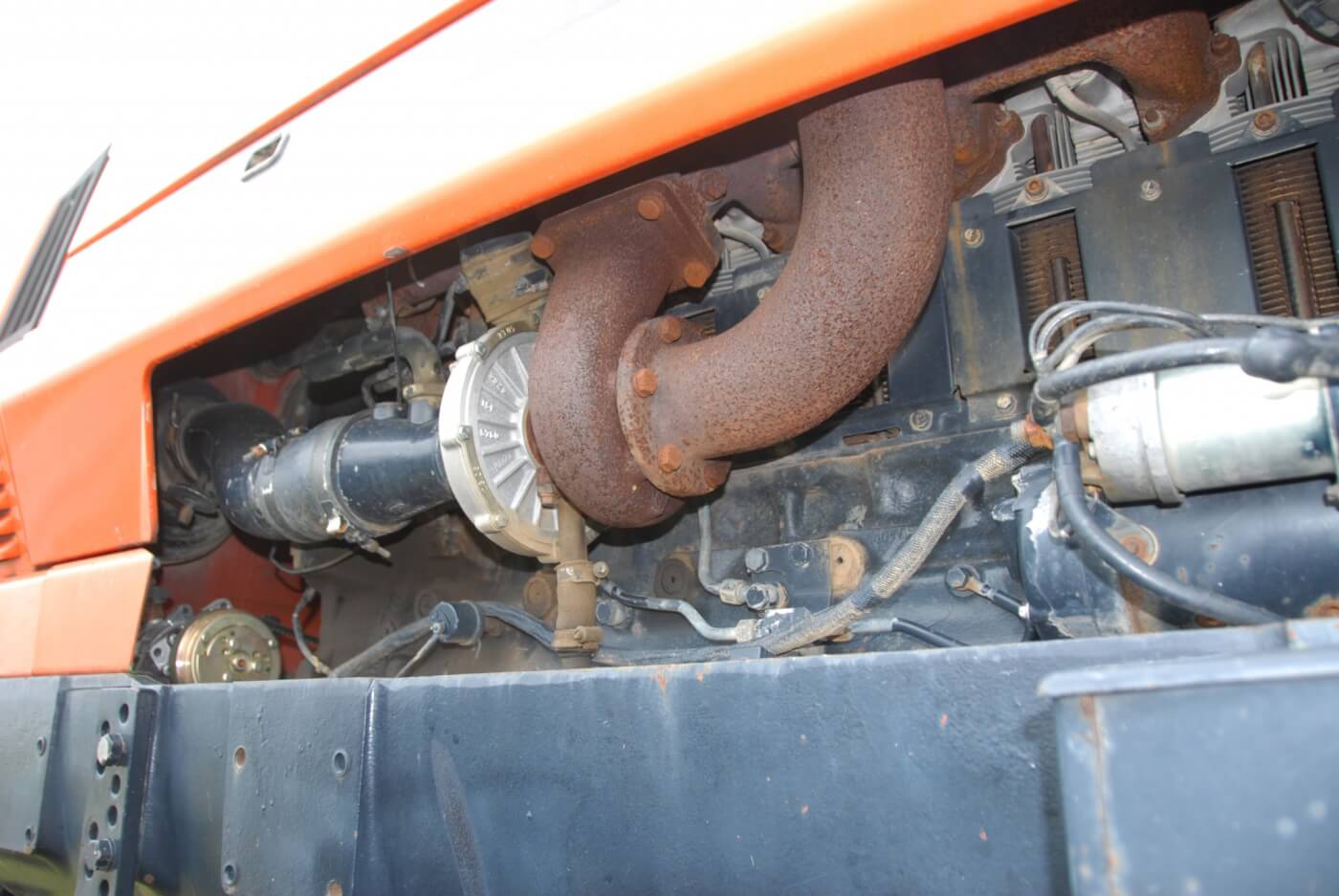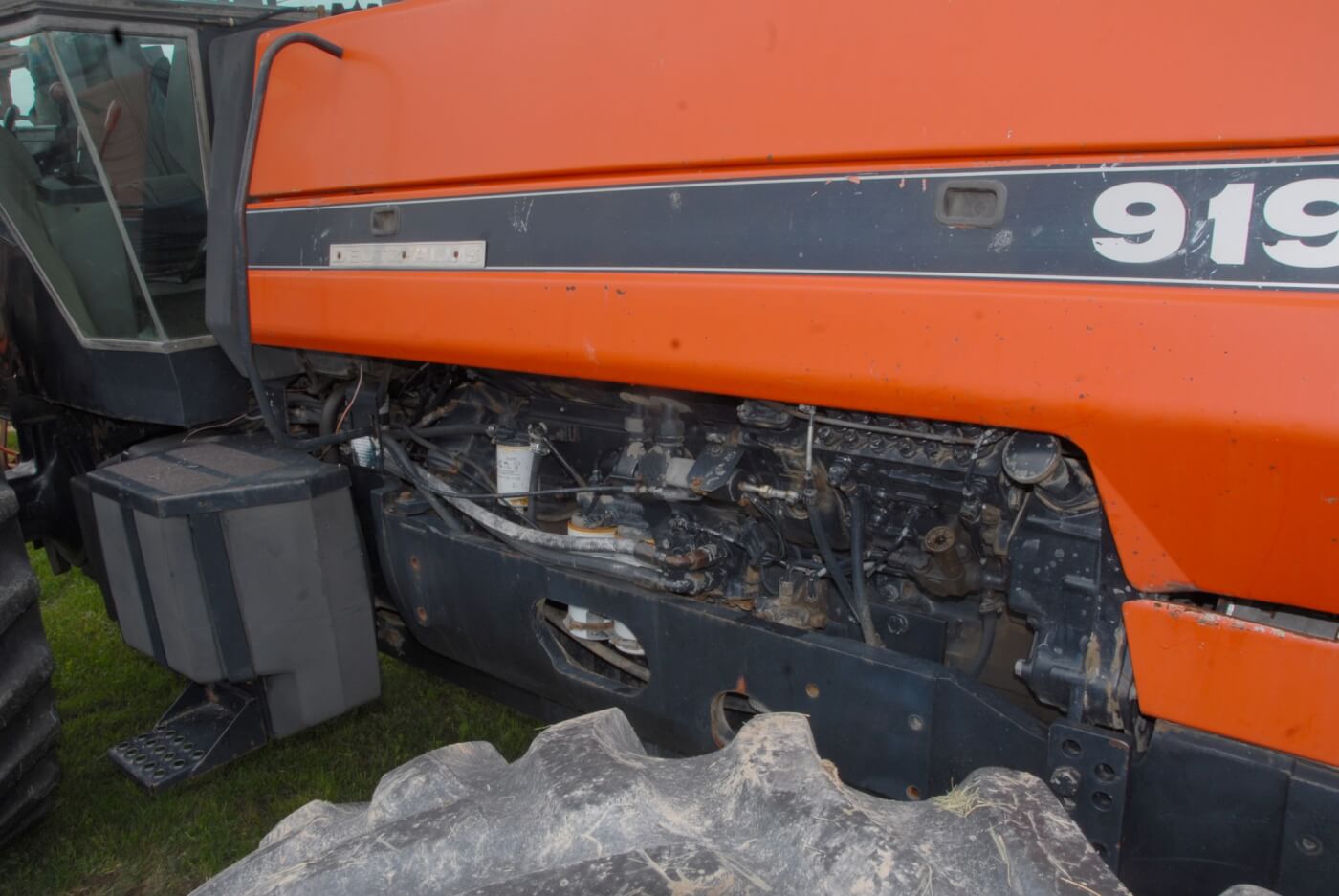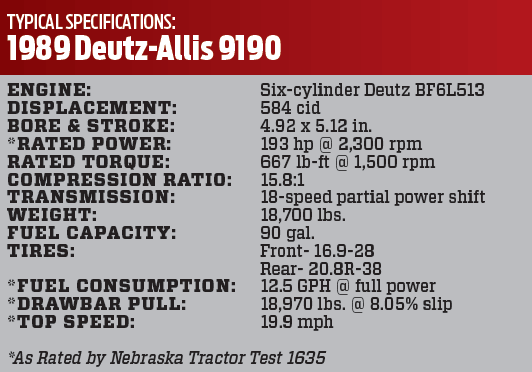1989 Deutz-Allis 9190: Tractor Talk
When Klockner-Humboldt-Deutz (KHD) took over the ag side of Allis Chalmers in 1985, the only part of the old tractor lineup they wanted to keep was the big stuff. Specifically, they wanted the recently upgraded 8000 series. We told that story in the December 2014 Tractor Talk. The Spring Green-colored KHD tractors ended up replacing most of the AC small and mid-sized equipment. They were built in Germany and rebadged as Deutz-Allis, which ultimately became the corporate name for the new company. That’s also a story we told back in the October 2013 issue of Diesel World.

The Allis-Chalmers buyout occurred in March of 1985, with the factory slated to be closed later in the year. From that time until December 6, 1985, the plant cranked out rebadged 6000 and 8000 series tractors as fast as it could. These were going to hold the big tractor line for Deutz-Allis while parent KHD figured out how to roll out a new line of big equipment.
The obvious first answer was a larger German KHD model though they didn’t quite have the features needed by the American market. This was proven by the introduction of 7100 series Deutz-Allis units, which were 100+ hp tractors. These were superb tractors in most ways but more suited to the European farming scene. On top of that, the exchange rate was unfavorable for competitive pricing, making it difficult to gain a foothold in in the domestic market.
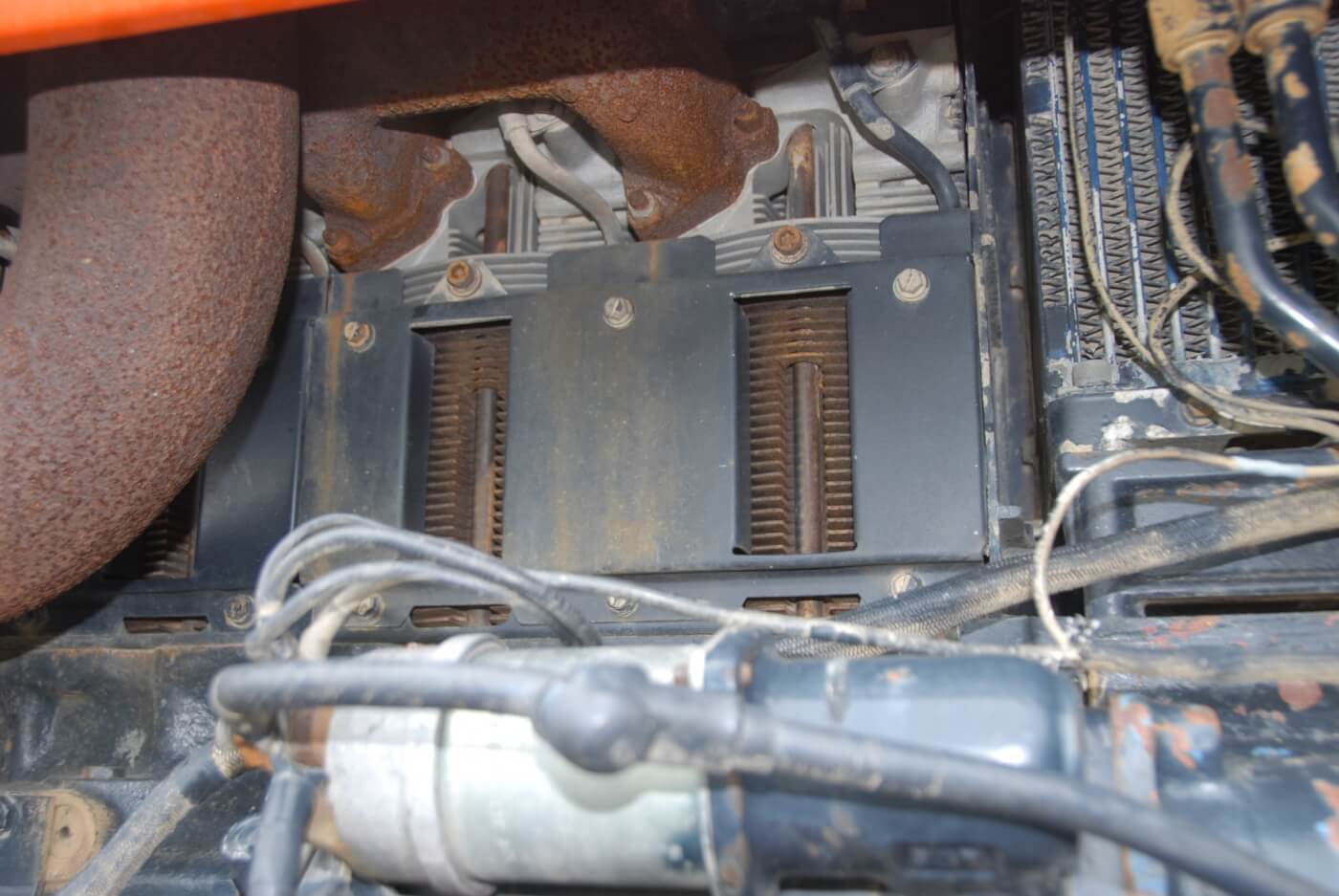
Deutz-Allis considered building a version of the widely accepted 8000 line in Germany but that was rejected due to tooling costs, as well as the exchange rate again. In the end they went to White (which was made up of the old Oliver and Cockshutt companies) and had them design a new composite tractor that featured a White final drive mated to a Deutz air-cooled six-cylinder diesel. Deutz engines were already distributed here, so it wasn’t a complete stranger in North America. The rest of the new 9100 series tractors was as familiar to Americans as apple pie. The 9100s had everything the American farmer desired, and were styled in a way that linked them back to the beloved AC brand. Best of all, the trademark AC Persian Orange was back.
The 9100s came in three variants, the 9150, which was powered by a 150-hp, 374-cid turbocharged and intercooled Deutz. The 9170 and 9190 were both powered by the big Deutz 584-cid turbocharged six but the 9170 was a little lighter and rated at only 172 hp. The 193-hp 9190 only came with all-wheel drive where the 9170 and 9150 could be purchased with conventional rear drive or all-wheel drive.
There was still one wild card feature in this line of tractors, the Deutz air-cooled modular diesels. There was a bit of a familiarity curve for the American farmer. The Deutz diesels did best when spun up, which also kept them cool regardless of ambient heat or load. Lest the term “spun up” remind you of the not-always-so-fondly-remembered period when two-stroke GM diesels attempted inroads in the American tractor market, the four-stroke Deutz was another breed of cat. It was nowhere near as “peaky” as the Jimmy, nor as loud or thirsty, but it required an operator to run his equipment a little differently and it was louder than a water-cooled powerplant. Since “different” can be perceived as “bad,” the Deutz-Allis air-cooled tractors are left by history with no gray area. They are either greatly loved or greatly reviled.
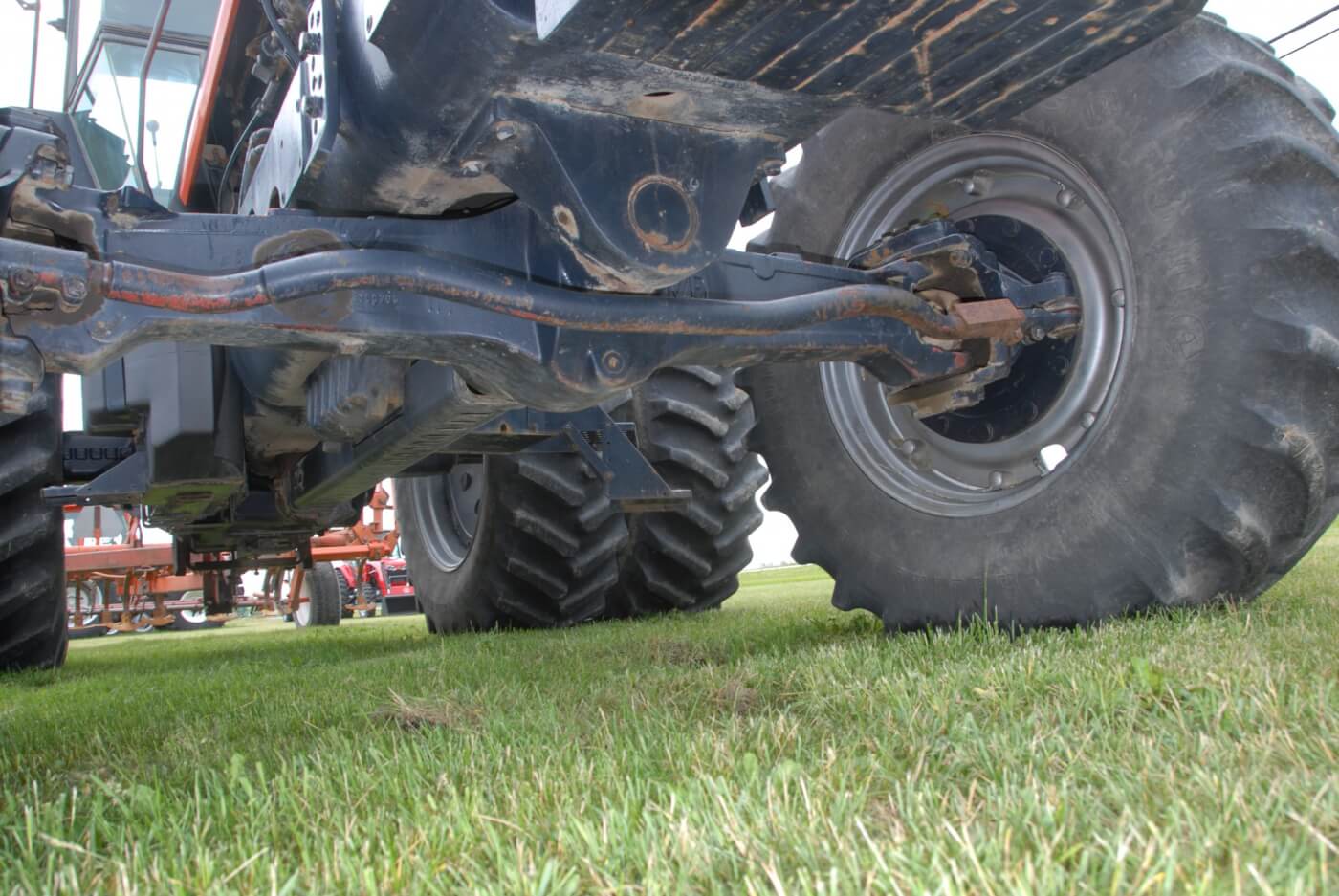

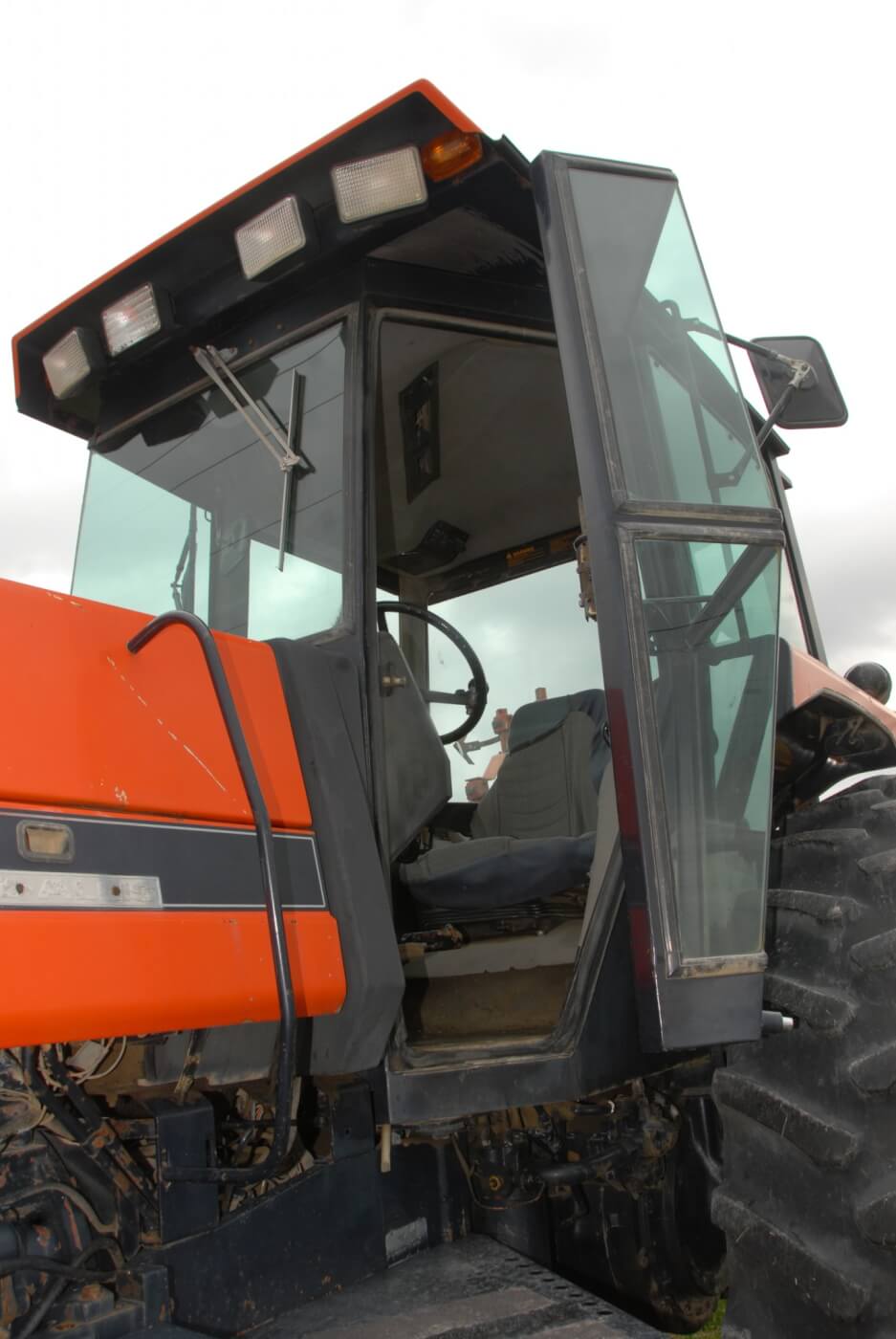
The 9190 was the biggest tractor in the series. It was powered by a 584-cid Deutz air-cooled inline six. The tractor was Nebraska-rated at 193.55 PTO hp. With front wheel assist, it generated 170.3 drawbar ponies and a maximum of 18,870 lbs. of pull. The Deutz was coupled to a White 18-speed partial power shift transmission that was well proven and popular. The cab and most of the systems were also White, but the front sheet metal was styled to evoke Allis Chalmers. It also bore a striking resemblance to KHD tractors.
Behind the scenes, as the 9100 series debuted, KHD was struggling. The recession and the vagaries and challenges of the American market made the Deutz-Allis venture a money pit. As is the way of the world, one company’s money pit is another’s opportunity and in 1990, the AGCO Corporation was formed from the bones of Deutz-Allis. In 1990 the Deutz-Deutz Allis 9190 became the AGCO-Allis 9190 and remained on sale into 1992. By then, AGCO was moving forward with a new line of tractors, some of them still using the Deutz air-cooled diesels. But that’s another story. DW

SOURCE:
J.L. Wannemacher Sales & Service
419.453.3445



